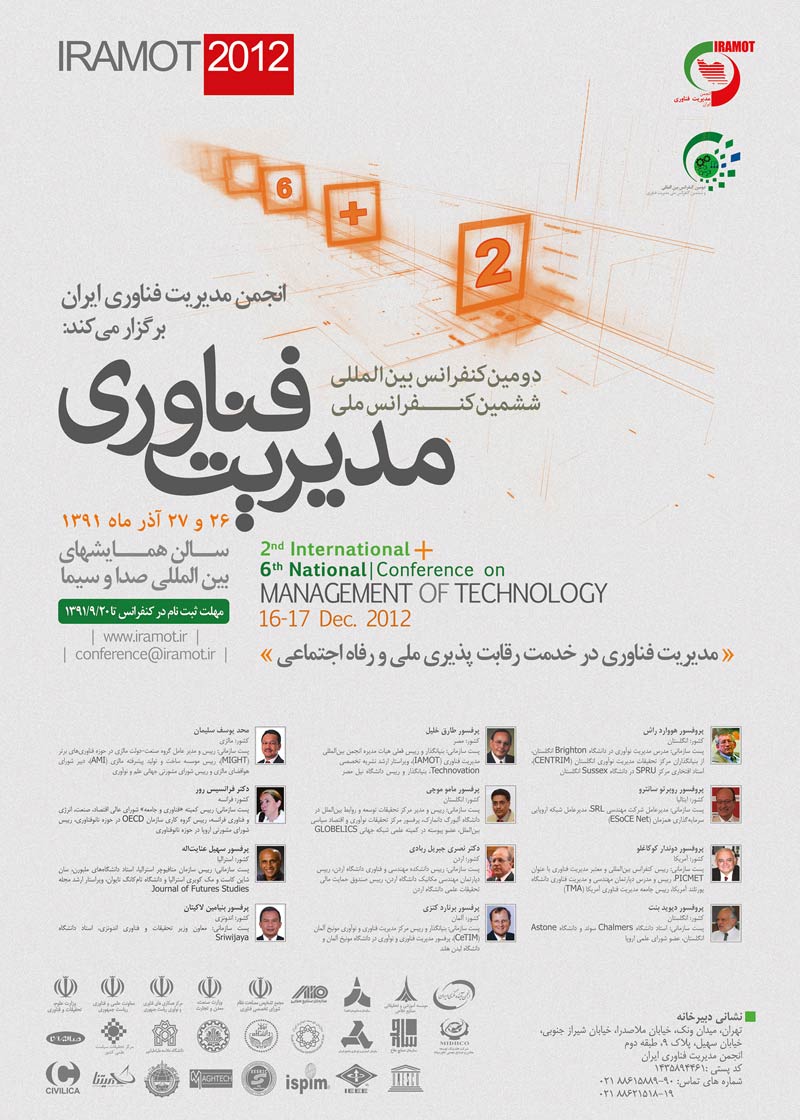چکیده
This article analyzes the transformation of sectoral innovation systems in upstream petroleum industry and its drivers. The collected evidence shows that this sector has experienced three distinctive phases since early 1970s over which both upstream industry architecture and innovation systems had changed in terms of configuration and performance. This study shows that the major driver behind transition from the first to second period was collapse of oil prices. However, the major factor behind transition from the second to the third period was emergence of „qualitatively‟ different demand for complex upstream projects in harsh and less accessible environments. Moreover and in contrast to conventional industry life cycle model, this study shows that a mature and established industry could experience a surge in innovation, where major agents in the sector also actively participate in the innovation system.



 علی ملکی
علی ملکی




